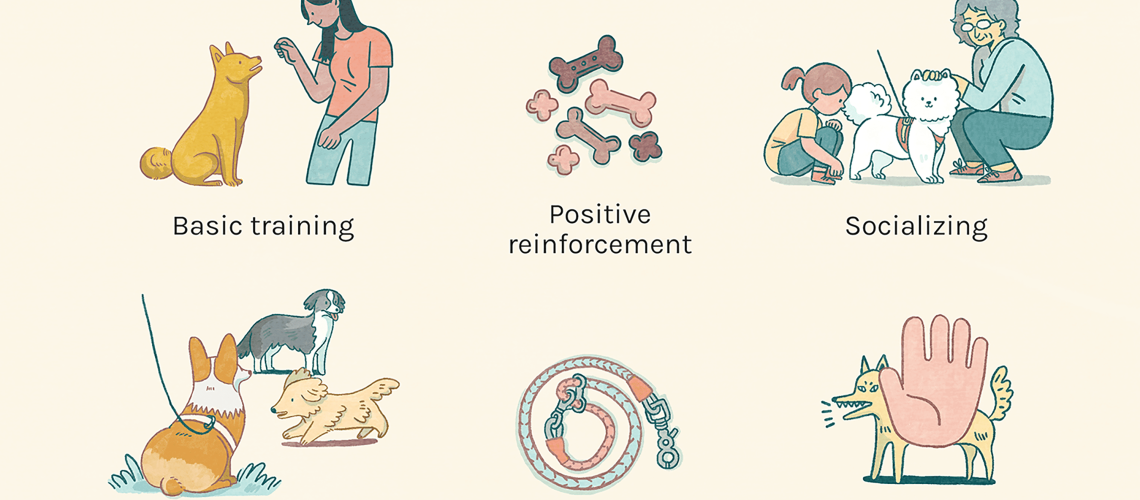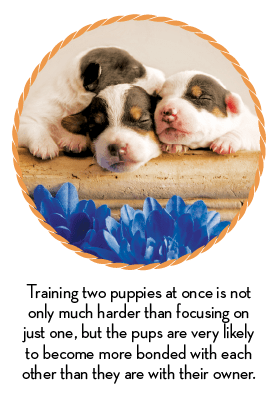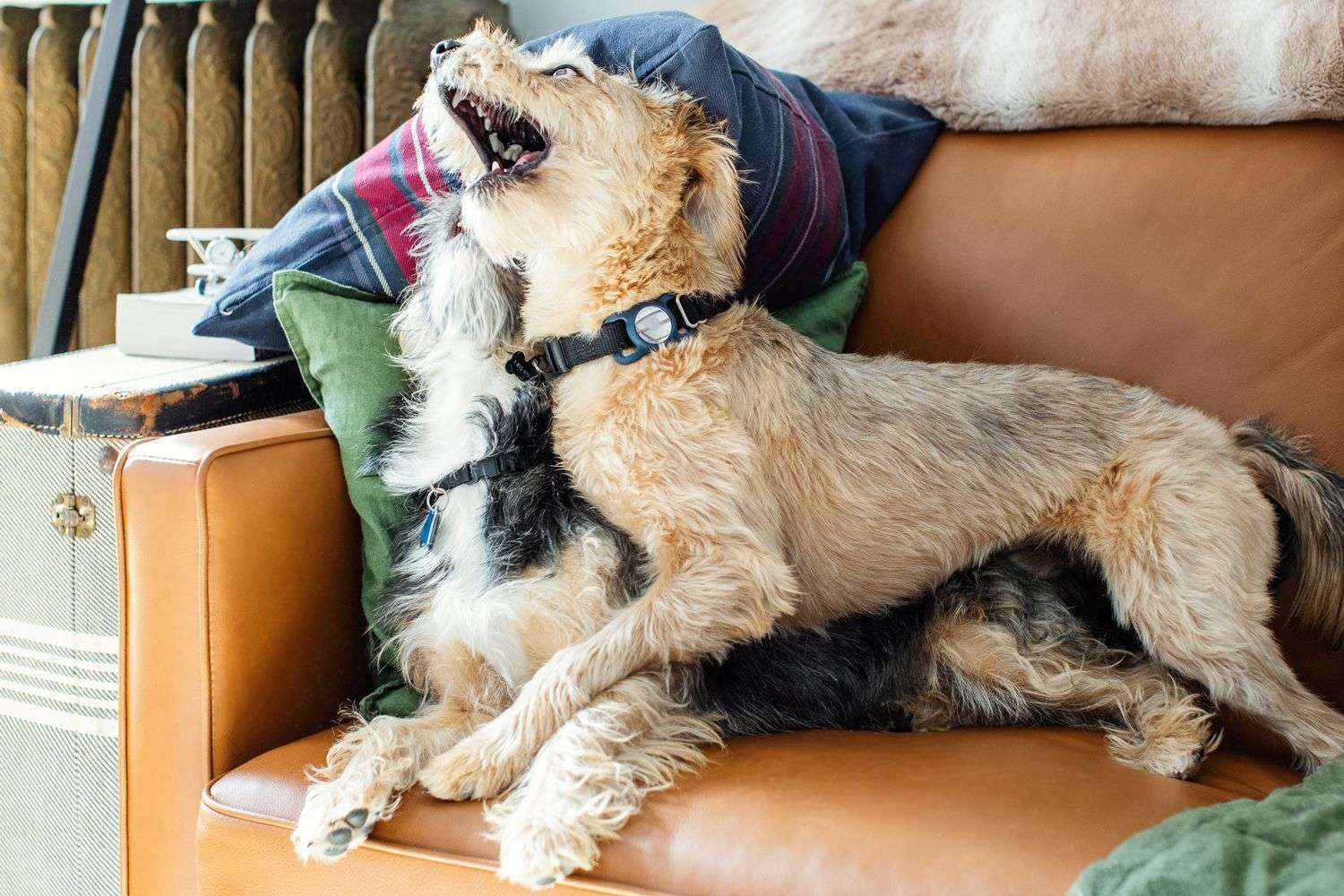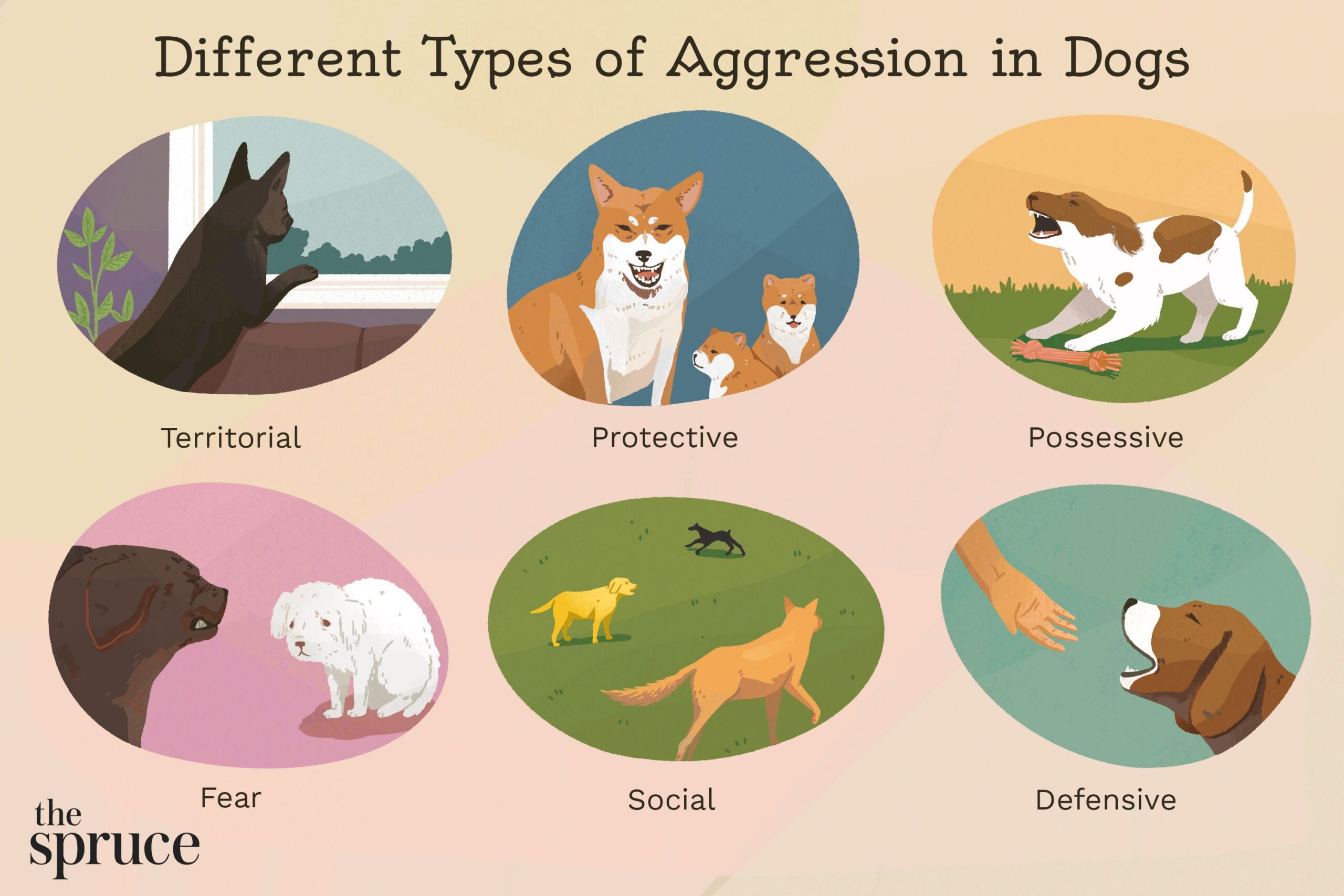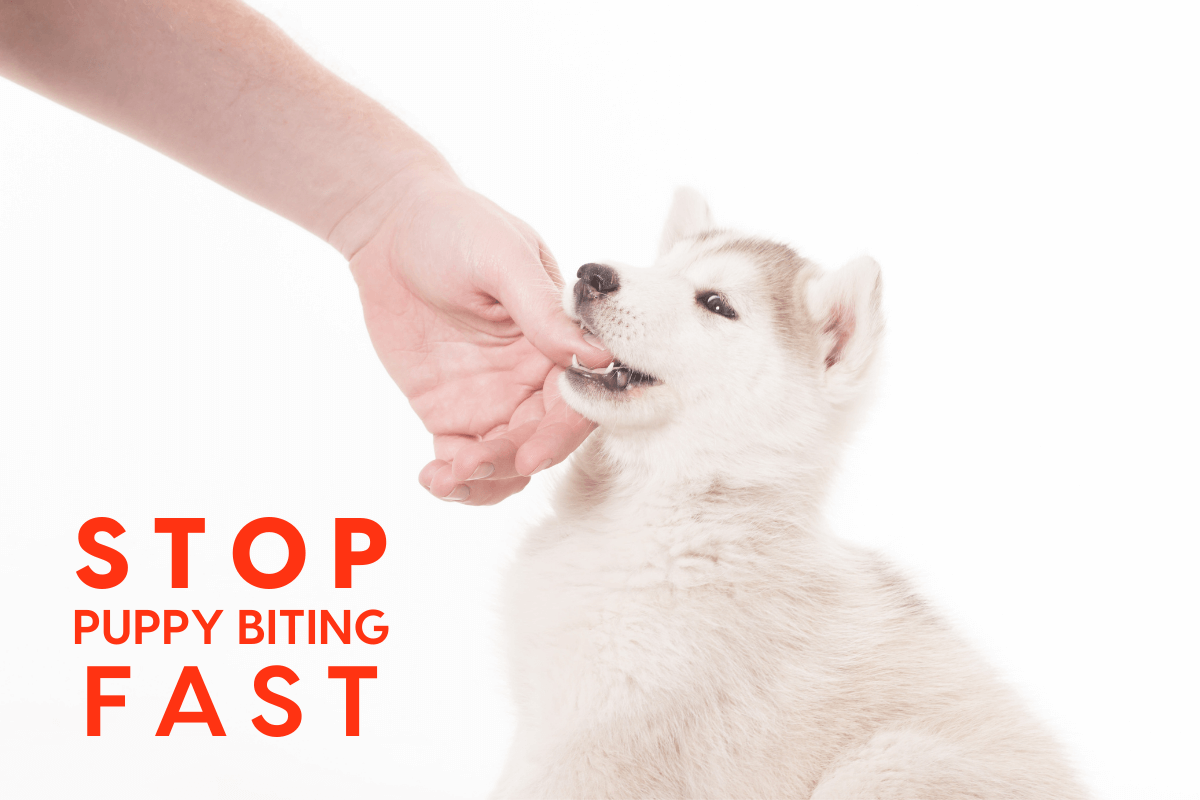Key Takeaways:
- Aggression in dogs can be caused by a variety of factors, including fear, resource guarding, or territorial behavior.
- Understanding the root cause of your dog's aggression is crucial in effectively addressing and stopping it.
- Proper socialization and obedience training from an early age can help prevent aggressive behavior in dogs.
- Seeking professional help from a certified dog trainer or behaviorist is recommended to address and modify aggressive behavior in dogs.
- Implementing positive reinforcement techniques and avoiding punishment-based methods can be effective in reducing aggression in dogs.
Introduction:
Do you have a furry friend who sometimes shows aggressive behavior? If so, you're not alone. Understanding why your dog is aggressive and learning how to stop it can bring immense benefits to both you and your beloved pet. Imagine a life where every interaction with your dog is filled with joy and playfulness, instead of fear or anxiety. By delving into this subject, you'll gain valuable insights that will help create a harmonious bond with your canine companion. This understanding is essential because aggression in dogs can lead to dangerous situations and strain relationships. So, let's explore why your dog might be showing aggression and discover effective strategies to put an end to it. Together, we'll unlock the secrets behind your dog's behavior and pave the way for a happier, more peaceful coexistence. Get ready to embark on an exciting journey of discovery!
Understanding Your Dog's Aggressive Behavior
What is aggression in dogs?
Aggression in dogs refers to any behavior that is intended to cause harm or intimidate others. This can include growling, barking, lunging, or even biting. It is important to understand that aggression in dogs is a natural behavior, but it can become a problem if it is excessive or directed towards people or other animals. Aggression can be caused by various factors such as fear, territoriality, or dominance.
Why does my dog show aggressive behavior?
There are several reasons why a dog may display aggressive behavior. One common cause is fear. If a dog feels threatened or scared, it may react aggressively as a way to protect itself. Another factor could be territoriality, where a dog becomes aggressive when someone enters its territory. Some dogs may also display aggression due to dominance issues, where they try to establish themselves as the pack leader.
Recognizing Signs of Aggression in Dogs
Physical signs of aggression
When a dog is displaying aggression, there are certain physical signs you can look out for. These include raised hackles (the hair on the back of their neck standing up), bared teeth, and a stiff body posture. The dog may also growl or bark aggressively and may even lunge towards the target of their aggression.
Behavioral signs of aggression
In addition to physical signs, there are behavioral cues that indicate aggressive behavior in dogs. These include excessive barking at strangers or other animals, snapping at people or objects, and persistent growling during interactions. A dog showing signs of aggression may also exhibit defensive behaviors such as cowering or hiding behind their owner.
Factors that Influence a Dog's Aggressive Behavior
Past experiences
A dog's past experiences can greatly influence their aggressive behavior. If a dog has had negative encounters with people or other animals in the past, they may develop fear-based aggression as a result. Similarly, if a dog has been poorly socialized during their critical development period, they may struggle to interact appropriately with others and display aggression as a defensive response.
Genetics and breed tendencies
Certain breeds of dogs are more prone to displaying aggressive behavior due to genetic factors. For example, some breeds were originally bred for guarding or protection purposes, which can contribute to their natural inclination towards aggression. However, it is important to note that genetics alone do not determine a dog's behavior, and individual temperament and upbringing also play significant roles.
Tips for Preventing Dog Aggression in Different Situations
Socialization
One of the most effective ways to prevent aggression in dogs is through proper socialization. Exposing your dog to different people, animals, and environments from an early age helps them become comfortable and confident in various situations. Gradual exposure and positive reinforcement can help desensitize your dog to potential triggers and reduce the likelihood of aggressive reactions.
Training and obedience
Another important aspect of preventing aggression in dogs is training and obedience. Teaching your dog basic commands such as sit, stay, and leave it can provide you with better control over their behavior. Positive reinforcement techniques should be used during training sessions to reward good behavior and discourage aggressive tendencies.
Effective Techniques for Training an Aggressive Dog to Behave Calmly
Counter-conditioning
Counter-conditioning is a technique used to change a dog's emotional response towards certain triggers that cause aggression. By gradually exposing the dog to these triggers while providing positive experiences (such as treats or play), the dog can learn to associate the trigger with positive feelings rather than aggression. This technique requires patience, consistency, and professional guidance.
Desensitization
Desensitization involves exposing a dog to their triggers in a controlled and gradual manner. The goal is to gradually increase their tolerance and reduce their reactivity towards these triggers. For example, if a dog becomes aggressive when encountering other dogs, desensitization would involve starting with distant and brief encounters, gradually increasing the proximity and duration over time.
Identifying Warning Signs of Future Dog Aggression
Resource guarding
One warning sign of potential future aggression is resource guarding. If a dog becomes possessive or aggressive over food, toys, or other valuable items, it may indicate an underlying tendency towards aggression. It is important to address resource guarding behaviors early on through training and behavior modification techniques to prevent escalation.
Escalation of reactive behaviors
If a dog's reactive behaviors, such as barking or growling at strangers or other animals, start to escalate in intensity or frequency over time, it can be a warning sign of potential aggression. These behaviors should not be ignored and should be addressed with appropriate training and intervention before they escalate further.
The Benefits of Seeking Professional Help for a Dog's Aggression
Expertise and experience
Professional help from a qualified dog trainer or behaviorist can provide invaluable expertise in understanding the underlying causes of your dog's aggression. They have experience working with different breeds and temperaments and can tailor training techniques to suit your specific situation. Their guidance can greatly improve the effectiveness of your efforts in managing your dog's aggression.
Safety for everyone involved
Aggressive behavior in dogs can pose risks not only to others but also to the dog itself. Seeking professional help ensures that safety measures are in place to prevent any harm or accidents. A professional can provide guidance on how to manage and control your dog's aggression, reducing the risk of incidents and promoting a safer environment for everyone involved.
By understanding the causes of aggression, recognizing warning signs, and implementing appropriate training techniques, you can effectively address and manage your dog's aggressive behavior. Seeking professional help when needed can further enhance your efforts and ensure the well-being of both your dog and those around them.
In conclusion, understanding why your dog is aggressive is important in order to address the issue. By seeking professional help and using positive training methods, you can work towards stopping your dog's aggression and creating a safe and happy environment for everyone.
Can you fix dog on dog aggression?
There is currently no known cure for inter-dog aggression. Instead, treatment primarily focuses on managing the issue. Owners need to learn how to prevent situations that trigger aggressive behavior in their dogs and effectively intervene in fights when they happen.
What triggers dogs to be aggressive?
Dogs may exhibit aggressive behavior for various reasons such as protecting their territory, resources, or family members, feeling fearful or frustrated, having a prey drive, or experiencing pain. In any of these situations, a dog can quickly shift from reactive or defensive behavior to being aggressive.
Can dog aggression go away?
Certain cases of aggression in dogs can be resolved completely, while others may need ongoing management. If someone claims they can completely and permanently solve any aggression case without fail, they are either being dishonest or lack understanding of dog behavior.
Why is my dog so aggressive out of nowhere?
If your dog's behavior is different, especially if they have recently become aggressive, it is important to reach out to your veterinarian as soon as possible. Aggression tends to escalate over time and can cause harm to you, your dog, or others, so seeking assistance is crucial.
Can you trust a dog after it bites?
Is it possible for a dog that has a history of biting to regain trust? With the right amount of patience and attention, many dogs can be taught how to better handle and reduce their stress levels. As you improve your communication skills with your dog, you will also gradually rebuild the trust between you and your pet.
Why is my dog so aggressive all of a sudden?
Aggressive behavior in dogs can be triggered by different factors such as fear, pain, illness, or a disruption in their environment or daily routine. It is crucial to consult with a veterinarian or certified dog behaviorist to determine the root cause and create a treatment plan.



